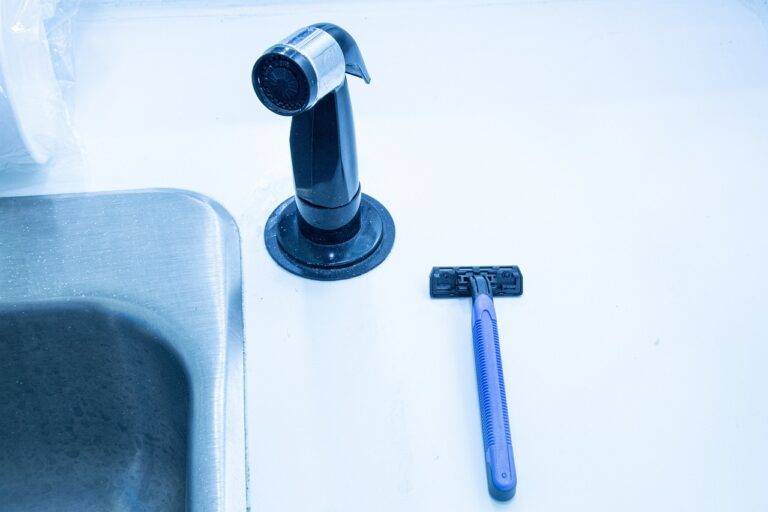The Evolution of Smart Home Technology: From Convenience to Sustainability
In the early days, home automation was a concept limited to basic tasks like turning lights on and off. As technology evolved, so did the capabilities of home automation systems. The introduction of programmable thermostats and timers allowed for more control over the home environment, paving the way for further advancements in smart home technology.
The evolution of home automation saw the integration of wireless communication and the internet, enabling remote access and control of devices within the home. This breakthrough not only increased convenience for homeowners but also opened up a world of possibilities for creating truly interconnected and automated living spaces.
Early Forms of Smart Home Technology
In the earlier stages of smart home technology, devices were relatively simple and limited in their functionalities. One prominent example is the X10 protocol, which allowed devices to communicate over existing power lines through signals sent between modules. This technology enabled basic automation tasks such as turning lights on and off remotely or setting timers for appliances.
Another significant development in early smart home technology was the introduction of programmable thermostats. These devices allowed homeowners to set specific temperature schedules for different times of the day, optimizing energy usage and increasing convenience. While these early forms of smart home technology may now seem rudimentary compared to today’s advanced systems, they laid the foundation for the sophisticated devices and automation capabilities we have today.
Advancements in Smart Home Devices
In recent years, smart home devices have made significant strides in enhancing the convenience and efficiency of modern living. From smart thermostats that adjust temperatures based on occupants’ preferences to voice-controlled assistants that can manage various household tasks, the range of available devices continues to expand. These advancements not only streamline daily routines but also contribute to energy savings and increased security within homes.
Moreover, the integration of Artificial Intelligence (AI) and Internet of Things (IoT) technology has revolutionized the way smart home devices function. AI-powered devices can learn users’ behaviors and preferences over time, leading to personalized suggestions and automated adjustments. The ability of these devices to communicate with each other through IoT technology allows for seamless connectivity and centralized control, further enhancing the overall smart home experience.
– Smart home devices enhance convenience and efficiency
– Smart thermostats adjust temperatures based on occupants’ preferences
– Voice-controlled assistants manage household tasks
– Advancements contribute to energy savings and increased security within homes
Moreover, the integration of Artificial Intelligence (AI) and Internet of Things (IoT) technology has revolutionized the way smart home devices function.
– AI-powered devices learn users’ behaviors and preferences over time
– Personalized suggestions and automated adjustments are made by AI-powered devices
– IoT technology allows for seamless connectivity and centralized control among smart home devices
What is the evolution of home automation?
Home automation has evolved from simple remote-controlled devices to sophisticated smart home systems that can be controlled remotely through smartphones or voice commands.
What are some early forms of smart home technology?
Early forms of smart home technology included programmable thermostats, remote-controlled lighting systems, and home security systems with sensors and alarms.
What are some advancements in smart home devices?
Advancements in smart home devices include the integration of artificial intelligence, voice recognition technology, and the ability to connect multiple devices to create a seamless and interconnected home environment.





